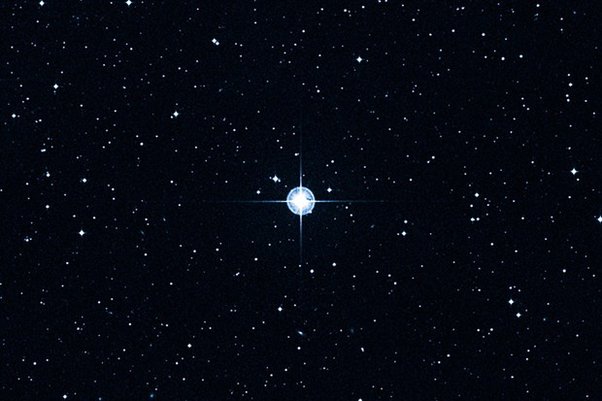
Say hello to the Methuselah Star, sometimes known by its catalog name, HD 140283. Right in the neighborhood; it’s about 190 light years away in the constellation Libra.
It wasn’t the first star formed in the Universe, but it’s the oldest we’ve found. Its age is estimated to be 13.66 billion years, which makes it a second-generation star. It contains some metal, which had to have been formed in the first supernovae.
The first stars, called Population III Stars, had zero metal; none has been found, though the James Webb Space Telescope is designed to find them. Some theories suggest that the first stars were extremely massive; in this case, their lifetimes were very short and none are present in the Universe today.
Probably not, as the conditions in the very early days of star formation favored maybe starts that live fast, die young.
It is possible that one of the first stars still exists, because although massive ones were favored it would still be possible for a smaller one to form due to chance of conditions, and the expected life of some small stars is longer than the current age of the universe.
Would we know of it? No. We can only clearly identify such small and therefore dim stars in the nearer parts of our own galaxy, and there are trillions of other galaxies or there. It is also very hard, virtually impossible in many cases, to accurately identify the age of small slow burning stars.






